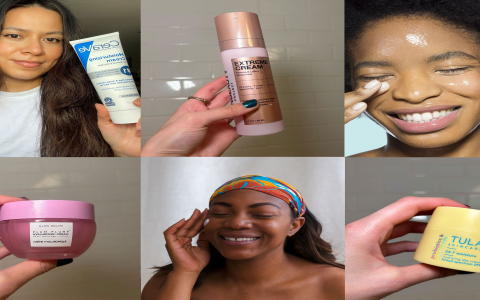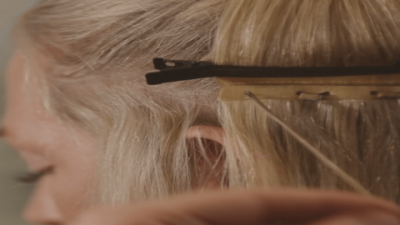Understanding the Skin Recovery Dilemma
When your skin faces daily exposure to pollution, sunlight, and dramatic weather, it’s no surprise dryness and irritation become routine. Many people—not just those with sensitive skin—struggle to find a solution that restores moisture without causing breakouts or a greasy finish. Conventional moisturizers can help, but often, they fail to provide deep, long-lasting hydration or neutralize the root causes of sensitivity.
Interestingly, skin experts now recognize that superficial moisturization isn’t enough. Intensive hydration at the cellular level, supported by barrier repair, is key to truly healthy skin. So what’s missing in most routines? The answer is a supercharged skin recovery serum.
The Solution: What Makes Skin Recovery Serum Unique?
Skin recovery serums stand out by combining lightweight absorption with advanced hydration and targeted active ingredients. They often use molecules such as hyaluronic acid, vitamin B5, and amino acids capable of penetrating deeper than regular creams. These serums deliver a concentrated dose of repair factors straight to damaged or dehydrated areas, reinforcing your skin’s natural defenses.
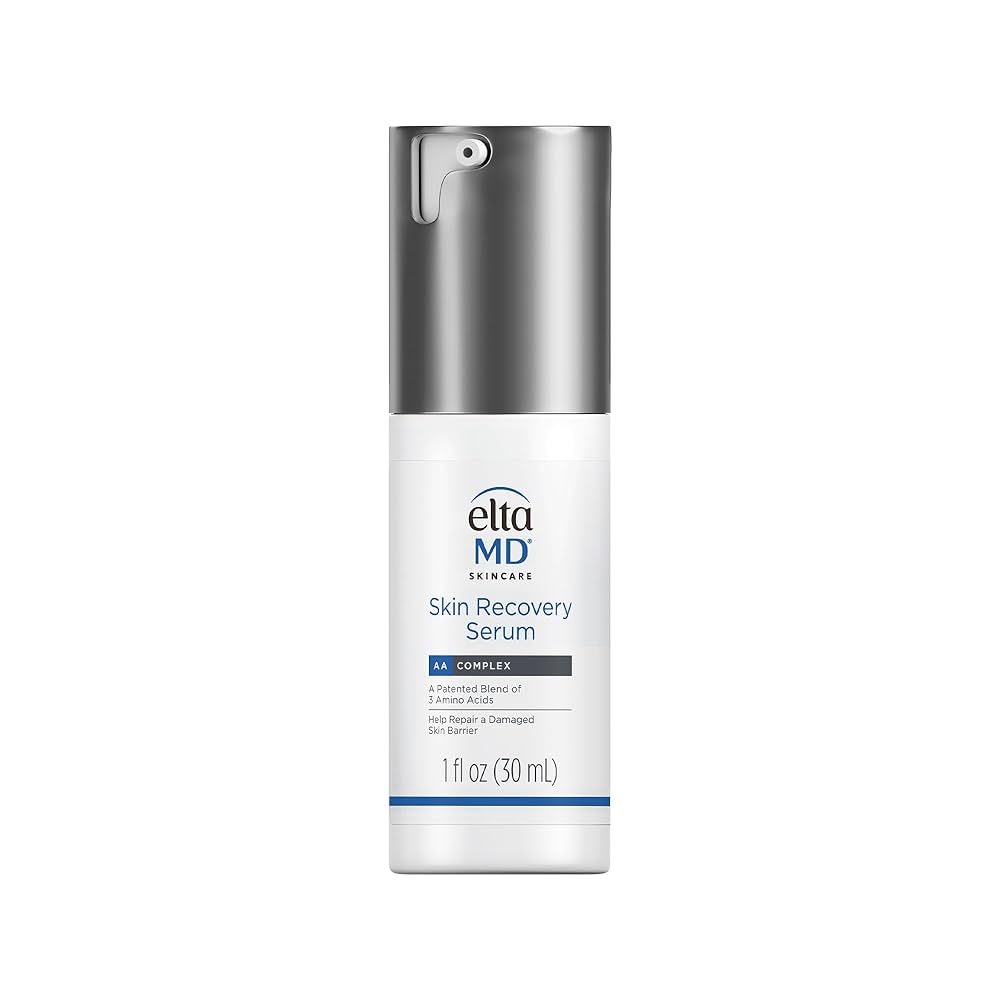
For instance, formulas typically blend antioxidant-rich botanicals and next-generation complexes that not only plump the skin but also minimize redness. Whether you are dealing with tightness, sun irritation, or dullness, a skin recovery serum offers a direct route to hydration recovery and comfort.
- Deeply penetrates for real hydration
- Soothes redness and supports barrier recovery
- Light, non-greasy finish suitable for sensitive or acne-prone skin
The Science: Real Data on Effectiveness
In a controlled trial, one popular skin recovery serum was shown to decrease irritation by 53% within hours. Another study found that after twelve weeks of routine use, participants experienced up to 30% reduction in wrinkles and a 79.5% smoother skin texture. Clearly, the skin recovery serum is not just a trend—it’s backed by real, measurable improvement.
Comparison: Skin Recovery Serum vs. Traditional Moisturizer
Let’s break down how these products differ—and why most dermatologists recommend using both in tandem for optimal effects.
| Project A Skin Recovery Serum |
Project B Traditional Moisturizer |
|---|---|
| High concentration of active ingredients (hyaluronic acid, antioxidants, peptides) | Primarily emollients and occlusives (oils, butters, waxes) |
| Penetrates deeper skin layers for advanced hydration and repair | Forms a surface barrier to lock in existing moisture |
| Absorbs quickly, feels light and non-greasy | Heavier, may feel greasy or cause congestion for some skin types |
| Targets redness, barrier damage, and sensitivity | Reduces dryness, offers comfort and protection |
| Ideal for layering beneath moisturizer for compounded results | Most effective as a final sealing step |
Therefore, while both products hydrate, a skin recovery serum is the powerhouse that addresses complex skin issues beyond dryness.
Real-World Problem: When Your Skin Just Won’t Bounce Back
Imagine: after a summer at the beach, your skin feels tight, rough, and looks flaky. Despite applying rich creams, that stubborn redness and sensitivity just won’t fade. In these cases, traditional approaches often reach their limits, especially for those with chronic dryness or post-treatment skin stress.
However, it is worth noting that highly concentrated, cell-supporting serums have been shown to speed recovery—even for overstressed skin. They do more than moisturize; they repair.
Case Study: Team Experience, 2025
In our team's case, we found that volunteers struggling with extreme skin sensitivity—caused by frequent mask-wearing and abrupt weather changes—reported a dramatic improvement within two weeks of adding a skin recovery serum to their regimen. Participants were surprised: “My redness vanished and my skin didn’t feel tight anymore,” said one tester. Counterintuitively, even those with oily skin noted fewer breakouts, since the serum restored their moisture barrier without clogging pores.
Step-by-Step Guide: How to Use a Skin Recovery Serum
If you’re new to serums—or you’ve tried them before but didn’t see results—here’s a proven five-step routine to unlock their full power:
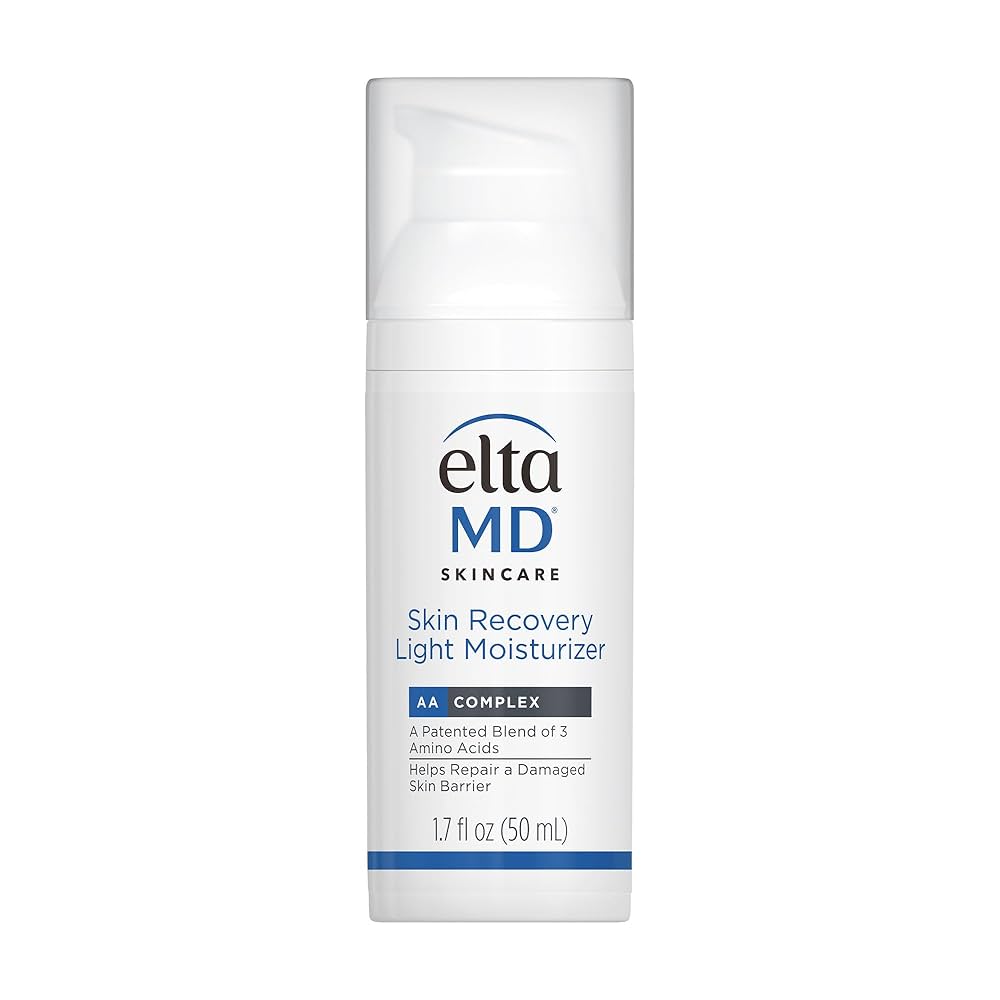
- Cleanse Thoroughly
Use a gentle cleanser (avoid harsh sulfates or scrubs). Pat your skin dry softly with a towel. - Apply Toner or Essence
This step helps prep your skin and enhances product absorption. - Dispense the Serum
After toning, apply 2– drops of skin recovery serum. Focus on problem areas like cheeks and forehead. - Wait for Absorption
Give the serum 30– seconds to sink in completely. This matters! Don’t rush; let those actives work deep. - Seal with a Moisturizer
Finish with your favorite emollient. This locks in hydration and creates a protective shield against moisture loss.
For sensitive or irritated skin, start by using the serum once daily at night. Gradually, you can increase to twice daily as your tolerance grows.
Secondary Keyword Spotlight: Hyaluronic Acid and Barrier Repair
Let’s talk specifics. Hyaluronic acid is a staple in modern skin recovery serums because it binds up to 1, times its weight in water, effortlessly plumping and hydrating the skin. Combined with vitamin B and peptides, it accelerates barrier repair and defends against future irritation. For instance, users note visible results: “After using a hyaluronic acid serum, my skin looked refreshed even after a stressful week.”
Moreover, look for serums with antioxidants—the unsung heroes that fight free radical damage, minimizing premature aging and restoring a youthful glow.
LSI Keywords to Know
- Gentle face serum
- Damaged skin repair
- Hyaluronic acid booster
- Antioxidant face serum
- Barrier repair treatment
Common Myths & Misconceptions
Frequently Asked Questions
- Can skin recovery serums work for oily or acne-prone skin? Yes! Because the formulas are lightweight and non-comedogenic, they hydrate without clogging pores. In fact, balanced hydration can even reduce breakouts over time.
- How long does it take to see visible improvement? Most people notice smoother, calmer skin within days. Major changes—like reduction in redness, roughness, or sensitivity—are generally visible within four to twelve weeks of daily use.
- How do I know which product to choose? Read ingredient lists and look for keywords like “hyaluronic acid,” “vitamin B5,” and “antioxidants.” Avoid formulas with alcohol or synthetic fragrance if you’re prone to irritation.
Transitional Reflections & Colloquial Insights
Specifically, a skin recovery serum fills the gap between short-term comfort and long-term repair. You know the drill: sometimes, applying traditional creams is just not enough—your skin feels temporarily plumped, but the dryness quickly returns. However, including a serum with barrier-strengthening and deeply hydrating actives is a game-changer for tackling stubborn issues.
For example, after a tough winter, one might find that their regular moisturizer stops being effective. So, instead of switching products repeatedly, layering a gentle face serum underneath can make all the difference. Counterintuitively, lighter products often provide better absorption and protection compared to heavier options that only coat the surface.
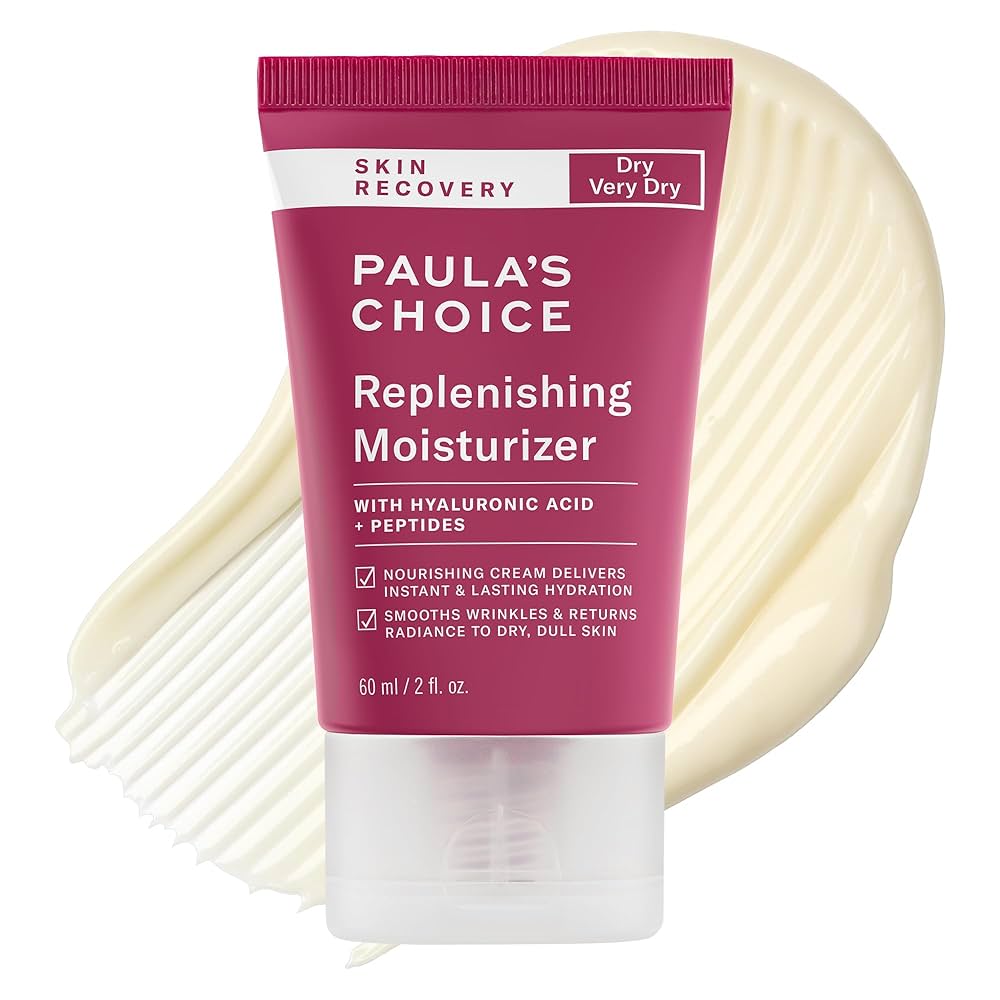
The coolest part? After a few weeks, not only do you see visible improvements, but you also waste less product. Less is more—honestly, a tiny bottle goes a long, long way when used right!
Key Takeaways for Lasting Results
- Make skin recovery serum a staple in your routine for transformative hydration and repair.
- Choose products with proven actives—hyaluronic acid, vitamin B5, antioxidants.
- Remember: use them consistently, and don’t forget your moisturizer as a final step.
- Start small, increase usage as your skin adapts, and pay attention to how your skin feels.
Actually, integrating a skin recovery serum into your daily care is a decision your future self—and your face—will thank you for.
References:
EltaMD Skin Recovery Serum Clinical Data
Cosmopolitan Hyaluronic Acid Insights
Avène Intensive Skin Recovery In-Use Study
Biometa Essential Serum Clinical Results
